For over 50 years, one-way streets across Philadelphia have applied to the Playstreets program, which closes streets to traffic on weekdays from 10 a.m. to 4 p.m. for five weeks during the summer so children can play on them. Meals and snacks are also provided through the program, which is run by Philadelphia Parks & Recreation.
While each street must have a supervisor, many of them are also supported by a Play Captain — or several. The Play Captains program, a partnership effort by Fab Youth Philly, consists of teenagers engaging with the kids, bringing toys and games, and acting as positive adolescent role models.
I’ve got a little bit more kids lately because they tell me the streets are shut down where they live because of the violence.”
— Debra Williams, Playstreet supervisor in Kensington
While in previous years the number of closed-off Playstreets in the city had reached the mid-300s, in 2022 there were only 230. The residents of some of these streets reported to Grid that they felt it was no longer safe due to the past few years’ escalating gun violence crisis, and this led to them not applying this summer. Playstreets is a voluntary, application-based process, so the numbers dwindled.
“I’ve got a little bit more kids lately because they tell me the streets are shut down where they live because of the violence and stuff,” said four-year Playstreet supervisor and Kensington resident Debra Williams, who has lived on a Playstreet block for over 30 years.
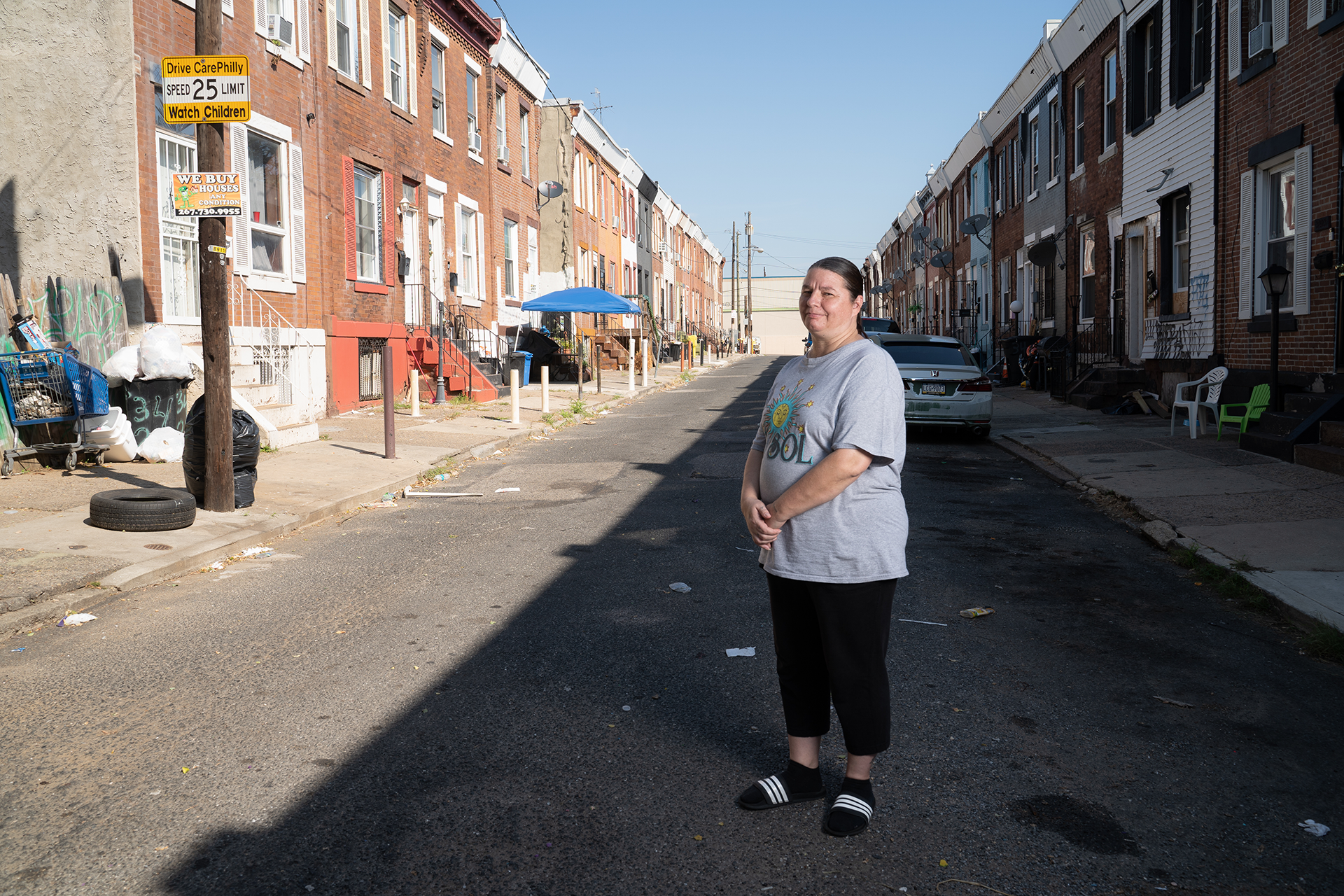
Recent transformations
Though the numbers have been reduced, Playstreets is offering more to the participating streets.
Cooling kits containing personalized misting fans, super soakers, tents, patio umbrellas and neck cooling rags were sent to 100 Playstreets in the most heat-vulnerable areas, particularly in low-income communities. With these neighborhoods generally having fewer trees and therefore less shade, these kits are serving a critical need.
“The pandemic offered Philadelphia Parks & Recreation [a chance] to innovate its Playstreets program. In 2020 and 2021 Philadelphia Parks & Recreation expanded its Playstreets program in partnership with the YMCA of Greater Philadelphia, raising over $600,000 to bring enhanced recreational opportunities to children on their block,” wrote Maita Soukup, communications director for Parks & Recreation. She added that they did this in partnership with recreation staff and seasonal employees at a time when there was limited opportunity for children to leave their homes due to the pandemic.
“There was a greater investment [in Playstreets] in 2020 because we could be outside. We could not be inside the summer of 2020,” noted Kensington resident and executive director of Fab Youth Philly Rebecca Fabiano, which facilitates the Play Captains.
Twelve locations were added to the William Penn Foundation-funded literacy enhanced Playstreets, which focuses on playful learning and literacy, and 50 “Super Streets” received daily programming including arts and sports demonstrations; pop-up dance parties; visits from Mural Arts Philadelphia’s Mural on the Move Program; and portable play landscapes like water misters, seesaws and modular play islands. The City promised that every Playstreet would receive something from the new expansions.
While these additional services were welcome, many people involved said they had concerns about safety. Sakura Regusturs, 17, was a first-time Play Captain this past summer. She says she would return to the program next summer, but she has some reservations. “There was a lot of uncomfortable situations, and luckily our group leaders were around with us making sure that we were safe.” Still, she said the thought of walking around those areas alone worried her. “It was complicated, to be honest.”
Williams confirmed. “Even [the Play Captains have] expressed [concern about] … the violence on the streets. Because there were a couple times where they came here and they’re like, ‘Ah, well, we were at the other block and we had to leave because they were shooting or arguing or whatever,’ and I’m like, ‘Wow.’ It’s bad everywhere you go.”
Alternatives to the program
For children who are not a part of Playstreets, Soukup points to other options available throughout the city, including Parks & Recreation’s 130+ summer camps, the Out-of-School Time summer programs offered by City’s Office of Children and Families, and the network of summer feeding options.
Still, not closing certain streets in violent parts of Kensington strands some of the most vulnerable children and families, as many are too afraid to leave their homes. By not shutting those streets down specifically for safe play in the summer, children may not be able to access many of the other programs and parks available to them.
“It’s just a shame that our kids don’t have nowhere to go no more. They can’t even be outside on their own block,” Williams said.
Fabiano echoed this concern. “When we choose not to go on a street, it breaks my heart because there are other children on that block who would really benefit from seeing teens like themselves as role models, teens from their own neighborhoods, in leadership roles, playing games, having water balloon fights.”
Physical conditions
According to Parks & Recreation, sidewalk conditions are not one of the factors assessed when processing Playstreet applications.
Playstreets only serves small, one-way streets for the safety of the children. However, these less-traveled streets tend to fall the furthest down on the City’s list for repairs, and the condition of those streets and sidewalks affects how children can use them.
This is compounded by the fact that, in Philadelphia, even though the City is supposed to cover 70% of sidewalk maintenance, there is no City funding for this expenditure and thus sidewalk maintenance defaults to the responsibility of the homeowner. So if the City is not maintaining or assessing the sidewalks on Playstreets, it essentially becomes the discretion of the individual who lives there. And with each home’s sidewalk being maintained by a different person, it can be difficult to find consistency — or safety.
Regusturs noted that this only made her job as a Play Captain more difficult. “Including the needles on the ground and all the dirt and everything like that, the sidewalks are extremely jacked up, and we happen to be having to push a cart full of toys and things to play with kids, activities, so us pushing the cart made it hard for us to walk on the sidewalk,” she said.
Even though it’s a bad environment, you still wanna give them that hope.”
— Sakura Regusturs, play captain
Helping young people
One of the major benefits of integrated community programs like Playstreets and Play Captains is the opportunity they provide for young people like Regusturs.
“Although there are some terrible sides of working in Kensington, I do recommend that other teens my age go and work with these kids, because even though it’s a bad environment, you still wanna give them that hope,” she said. “I feel like they need someone to give them the correct influence.”
Soukup noted that Playstreets are “an opportunity for the City to support communities and the volunteers who look over their block and care for its young people.”
Williams raves about the volunteers who worked on her block.
“The teenagers who come out, especially the groups that I had here … they’re really good kids. Whoever hand-picked them kids this year did a good job, because those kids were wonderful, and they were wonderful with the kids,” she said, adding that normally it can be difficult to get the kids on her block to even come outside.
Community concerns
“In 2017, 2018, even 2019, we could still walk down Kensington Avenue with our shopping cart full of supplies and toys and materials and get to just about any street we wanted to be on,” said Fabiano. But starting in 2020, she said, she would have to begin being more selective about which streets she would bring her captains to and eliminate more and more of them. “The walkability was not there,” she said, as a direct result of the opioid epidemic’s recent explosion into neighboring areas.
Williams said she would like to see the program expanded and more people involved, as well as the positive attributes of her community highlighted. “The news, the TV, everything you see is all the bad stuff,” she said. “They don’t highlight anything that’s good in the area. Maybe if you highlighted more good stuff in the area, it would make more people want to do it because they would want that for their area.”
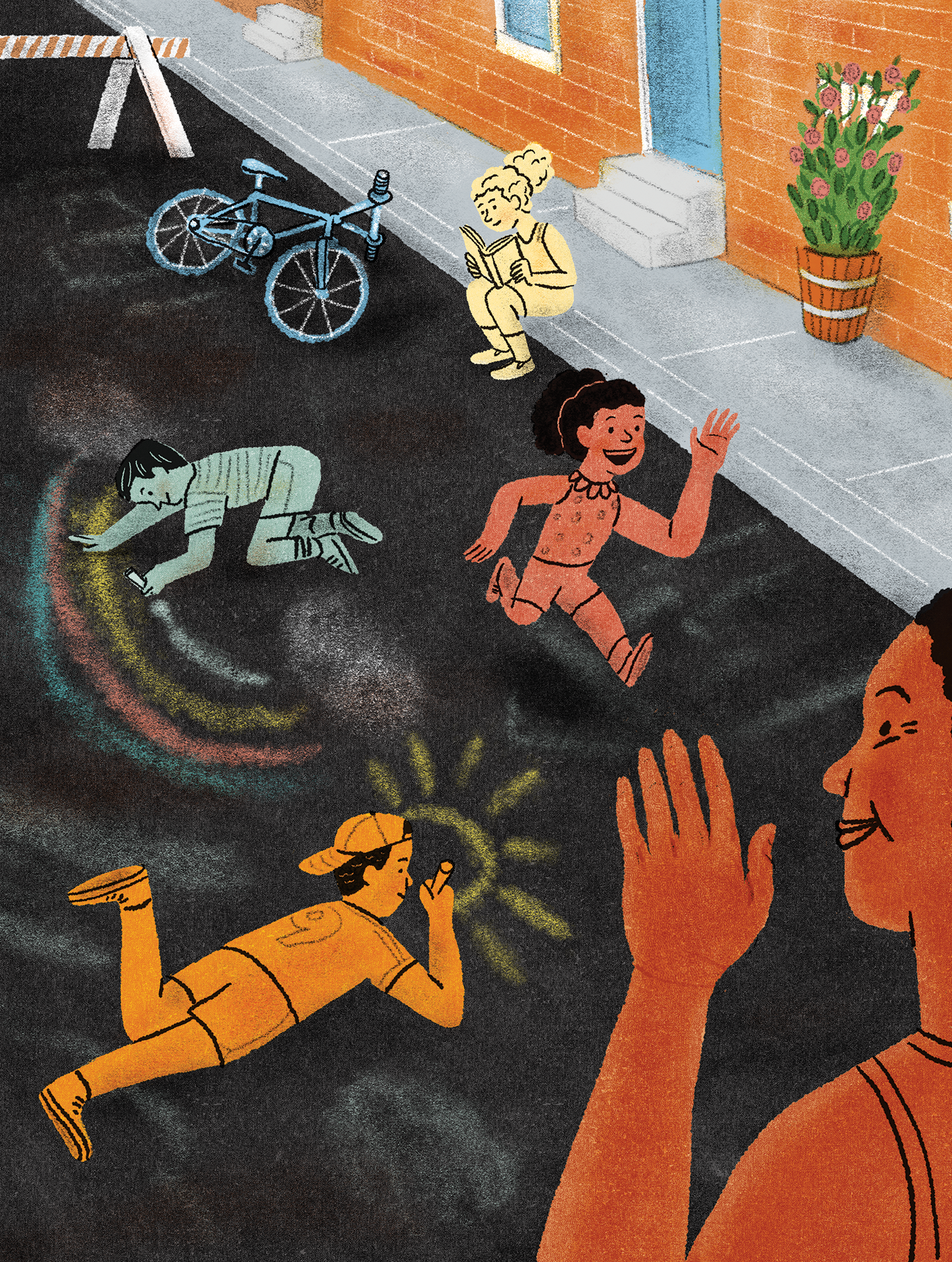


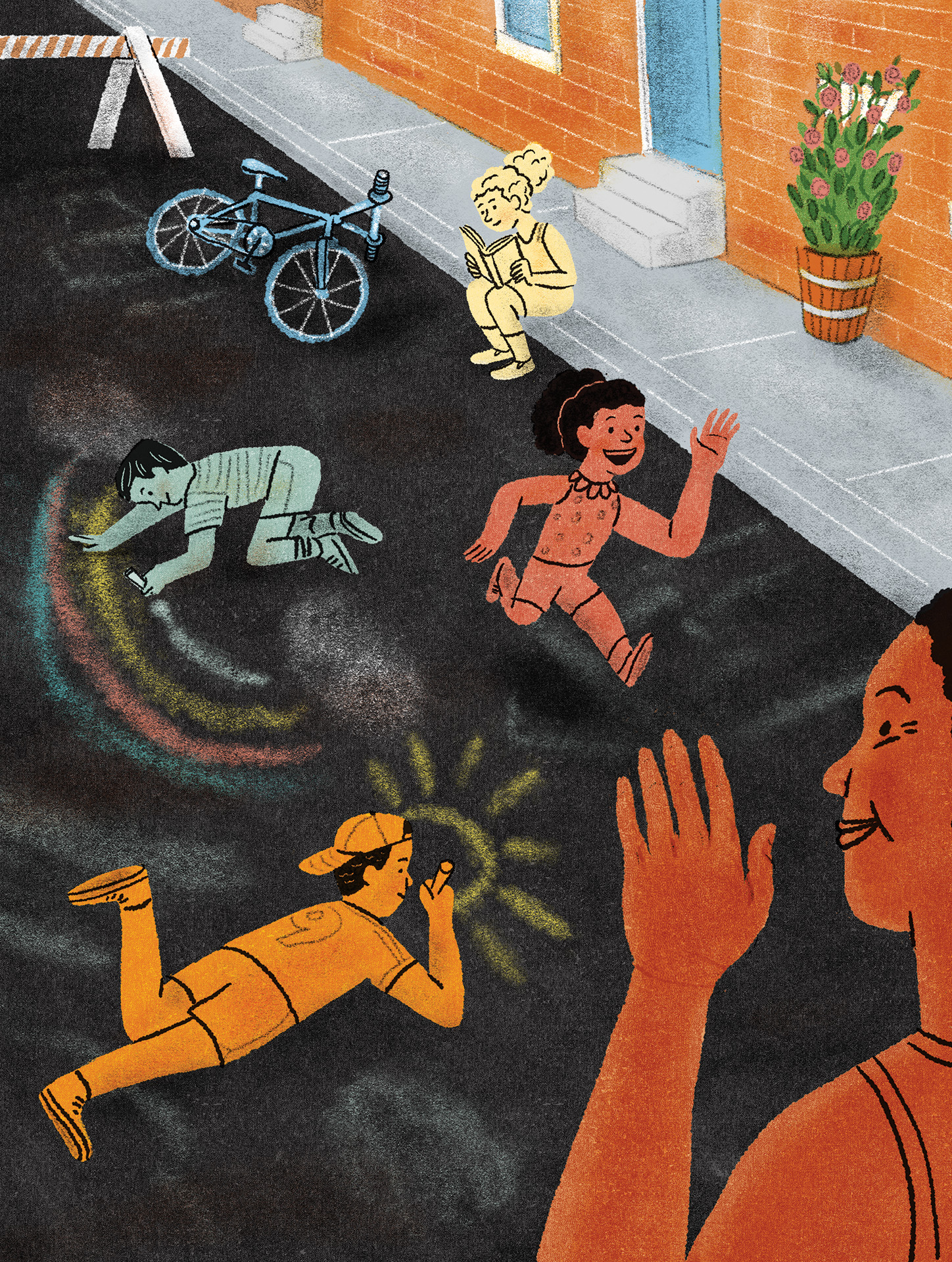
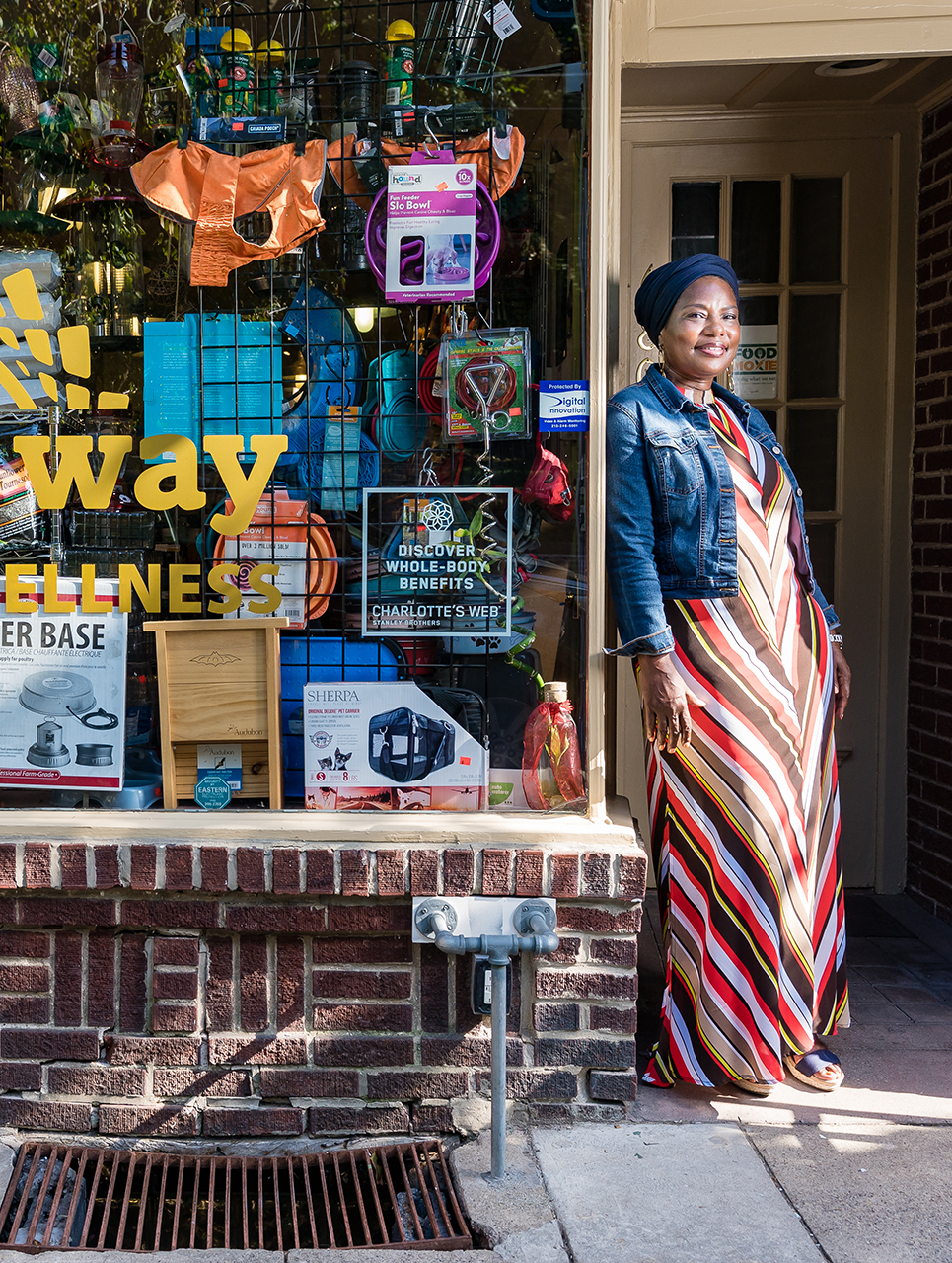
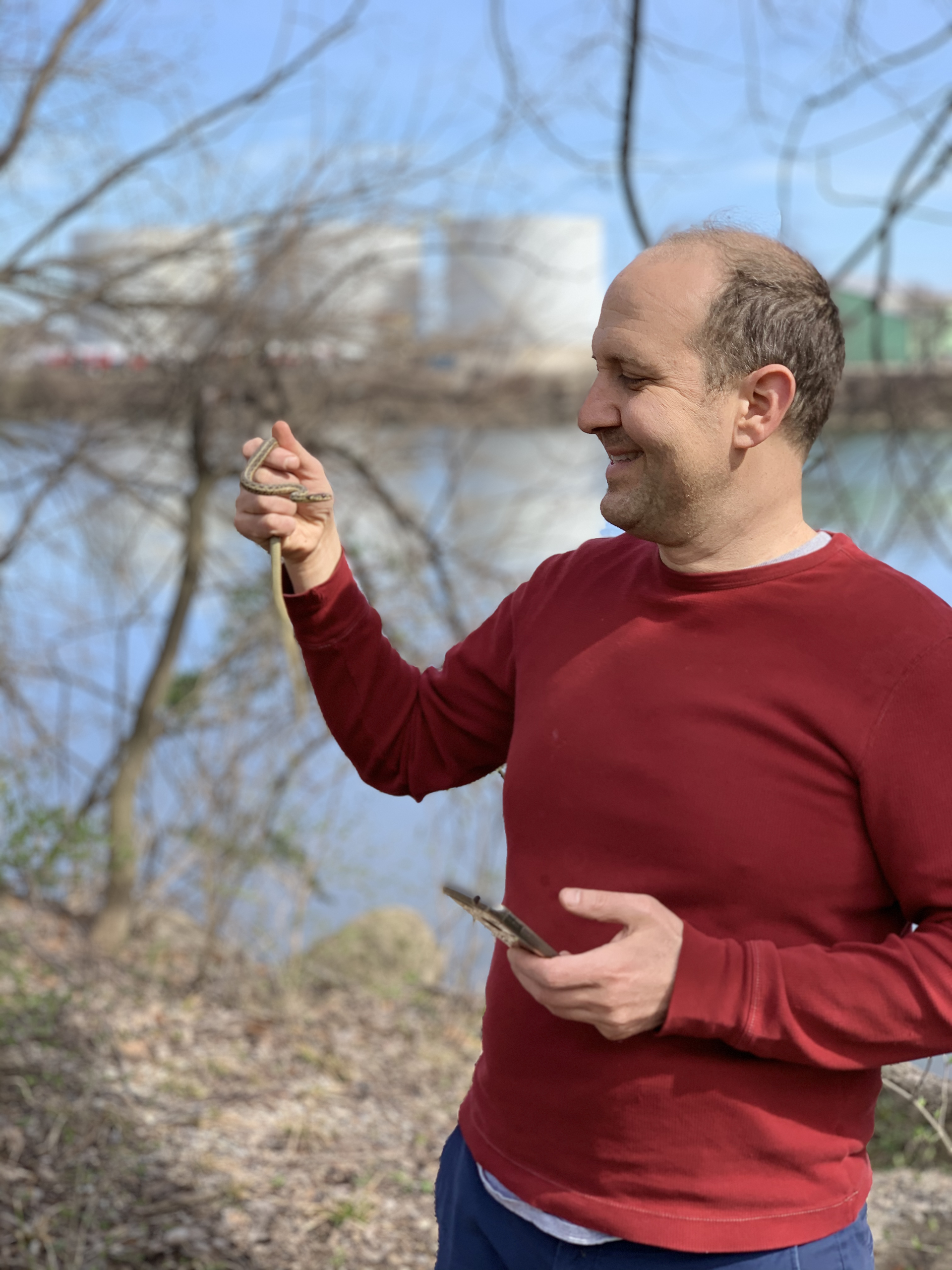

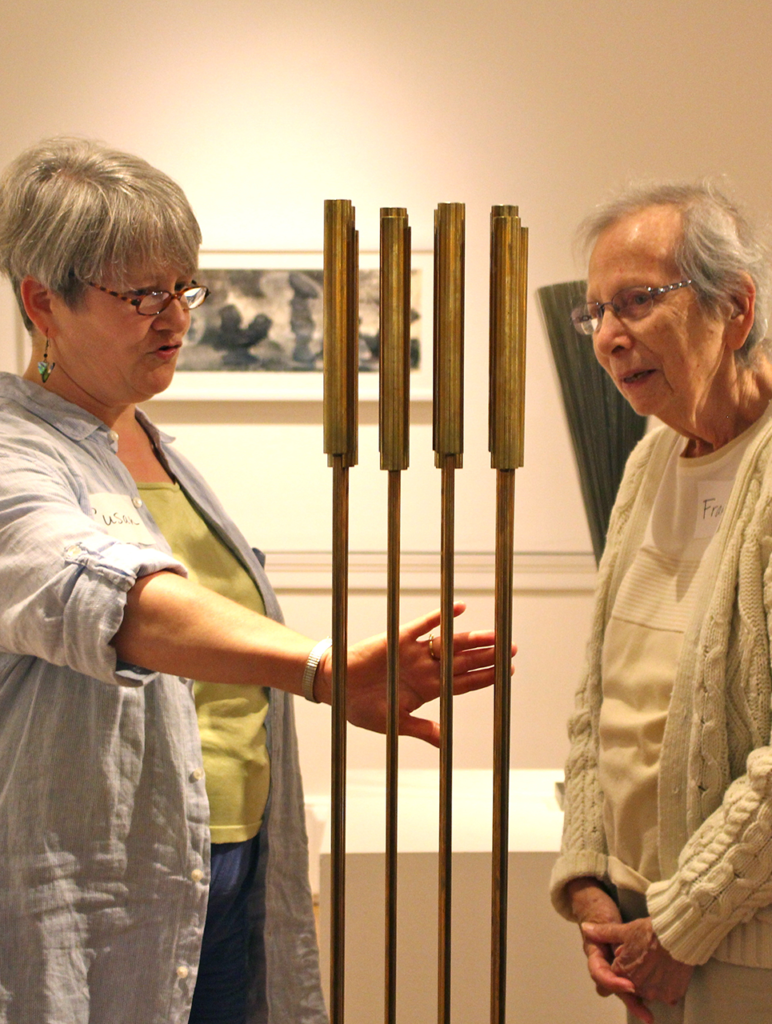
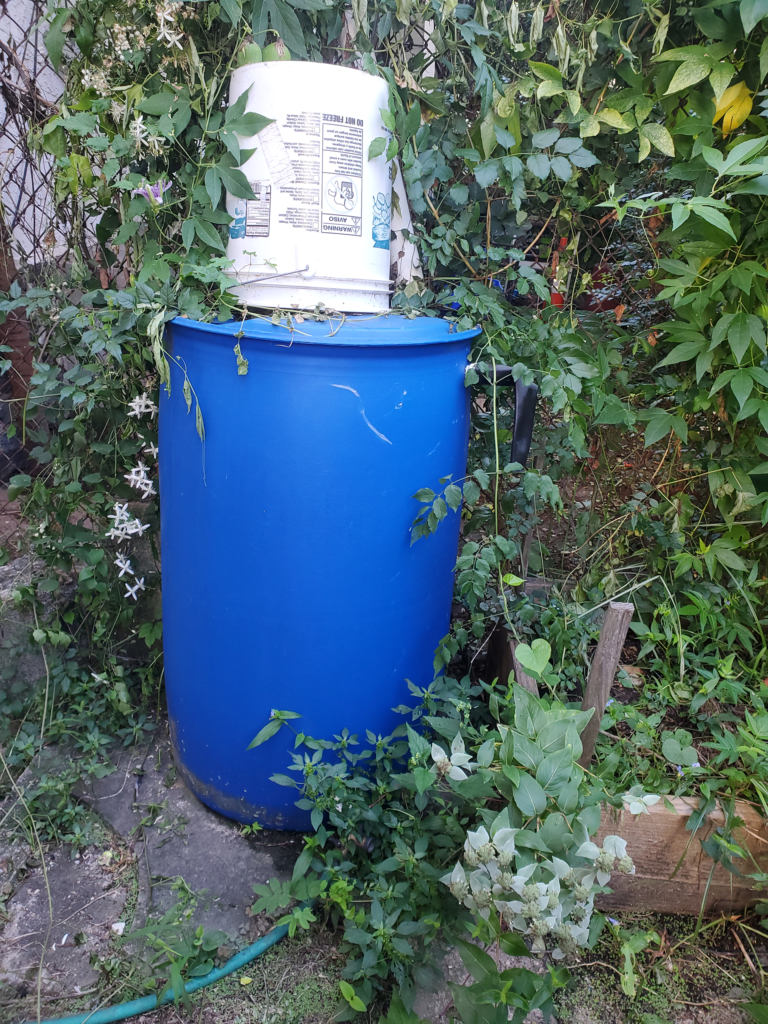
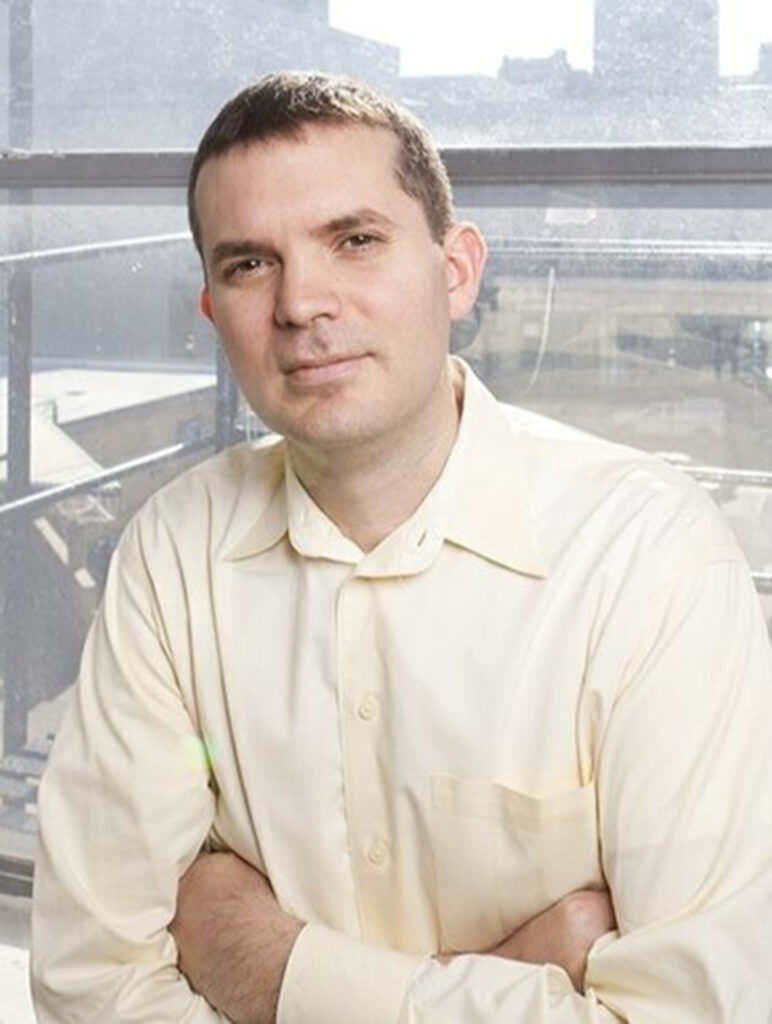
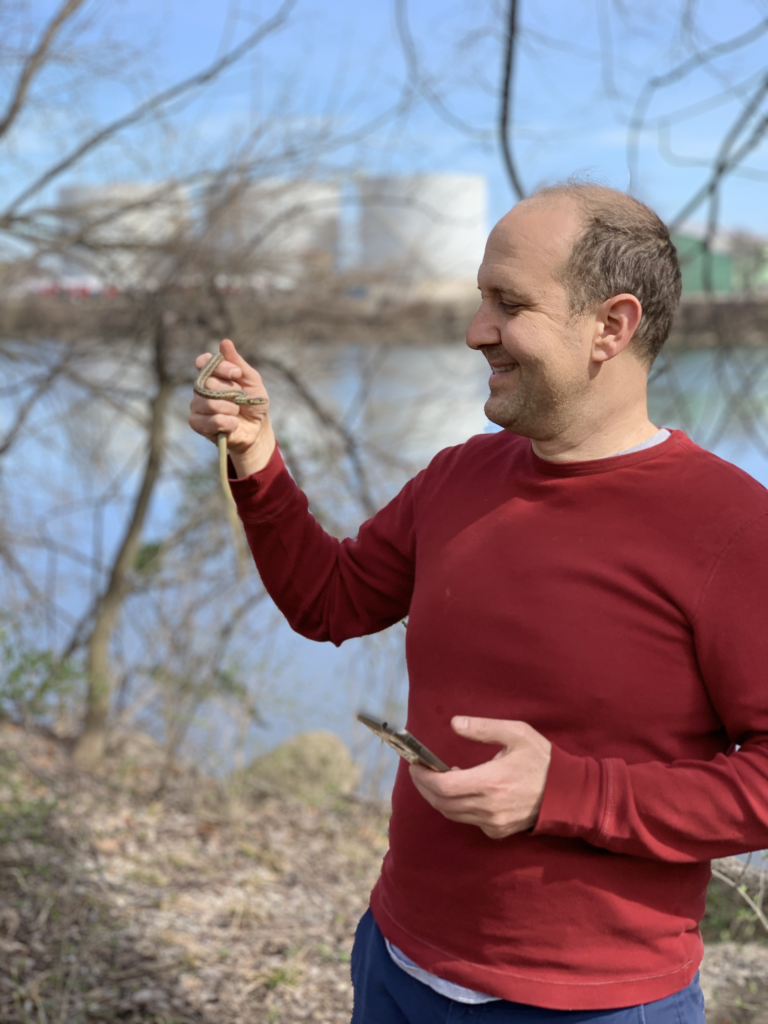
I would like to volunteer next year